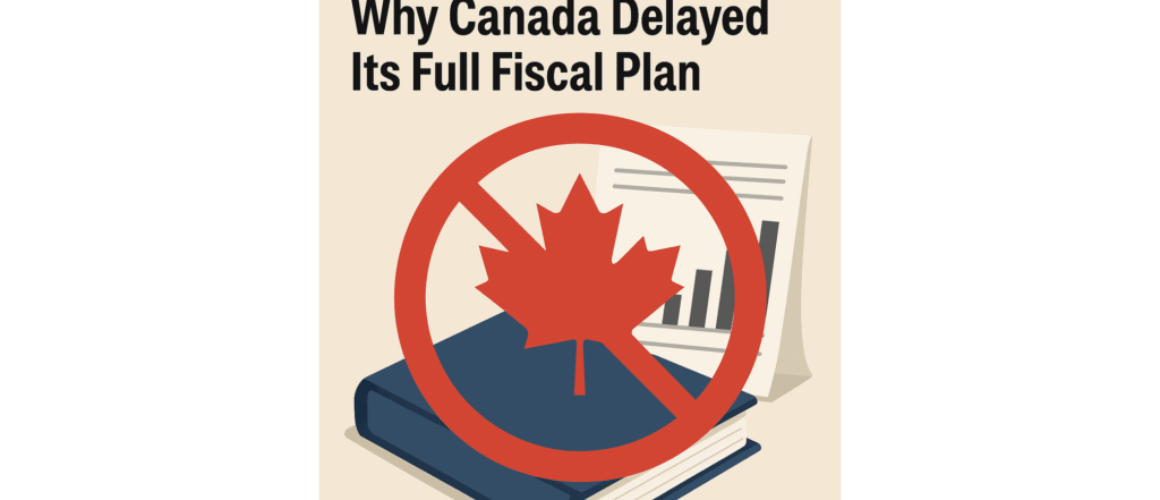The Budget That Wasn’t — Why Canada Delayed Its Full Fiscal Plan

In a rare and bold departure from long-standing political tradition, Finance Minister François-Philippe Champagne announced that Canada will not present a full federal budget for 2025. Instead, the government plans to deliver an “economic update” on May 27 — one that will not contain the comprehensive annual fiscal blueprint Canadians have come to expect every spring.
At a press conference last week, Champagne cited global volatility, outdated forecasting tools, and a need for “greater fiscal responsiveness” as the core reasons for this change. Yet behind the scenes, a far more transformative shift appears to be underway — one that marks the beginning of a new model of budget governance under Prime Minister Mark Carney’s administration.
This isn’t a delay. It’s a redesign.
Why the Budget Was Skipped — and What It Means
Conventional wisdom in Canadian politics holds that a federal budget is a defining moment in the calendar year — setting legislative priorities, announcing tax policies, and revealing the government’s economic outlook. But according to internal briefing notes obtained by CanadaBrief, Carney’s team is intentionally moving away from this model.
“The fiscal environment is no longer seasonal,” says Dr. Alisha Morgan, an economic historian at McGill University. “With post-pandemic debt pressure, climate-related spending spikes, and geopolitical shocks happening year-round, one annual document has become too slow, too symbolic, and frankly — too political.”
This sentiment echoes the Carney government’s broader approach to modernizing governance: policy should be nimble, not ceremonial. Champagne’s announcement is part of a broader fiscal strategy that involves quarterly “rolling updates,” live dashboards of federal expenditure categories, and integration of real-time economic indicators into legislative planning.
In simple terms, the federal budget is going agile.
A Technocrat’s Fiscal Vision
As a former central banker with international acclaim, Prime Minister Carney has long championed data-driven financial policy. His leadership at the Bank of Canada and Bank of England was marked by predictive modeling, risk mitigation frameworks, and an obsession with macroprudential analysis. His government’s approach to budgeting now reflects these same values.
Instead of dramatic annual reveals filled with political theatre, Canadians can expect micro-adjustments every quarter. The May 27 Economic Update will focus primarily on enabling frameworks: tax cuts for working families, infrastructure bond proposals, and carbon dividend adjustments — not detailed program-by-program spending. The heavy lifting, sources say, will be done through executive-led supplementary estimates and committee-level negotiations.
This is likely to draw criticism from opposition leaders who depend on budget day for visibility and leverage. Already, Conservative Leader Pierre Poilievre has accused the Liberals of “hiding their fiscal failures behind bureaucratic fog.” But others view this shift as long overdue modernization.
The Risks of Going Budget-Less
While the move toward real-time governance is bold, it’s not without risk. Without a traditional budget, accountability mechanisms become more diffuse. Parliamentarians may struggle to hold the government to specific spending commitments if those commitments are scattered across quarterly updates and sectoral frameworks.
Moreover, provinces — which often tailor their fiscal planning to the federal calendar — now face uncertainty in aligning their own programs with Ottawa’s. Alberta and Saskatchewan finance ministers have already issued statements demanding clarity on transfer payments and infrastructure funding timelines.
There’s also the risk of public confusion. Most Canadians understand budgets as policy moments. Without that moment, the public conversation risks becoming disjointed, or worse — disengaged.
A New Era of Fiscal Governance?
Despite these risks, the Carney government appears convinced that this is the direction Canada needs to head. “We’re not hiding anything,” said Champagne. “We’re building a budgeting system for the digital era — one that doesn’t react to crises after the fact, but adapts in real time.”
If this experiment succeeds, Canada could become a global model for modern fiscal policy. But the transition will require more than just technical agility — it will demand public trust, political maturity, and a commitment to transparency that lives beyond headlines.